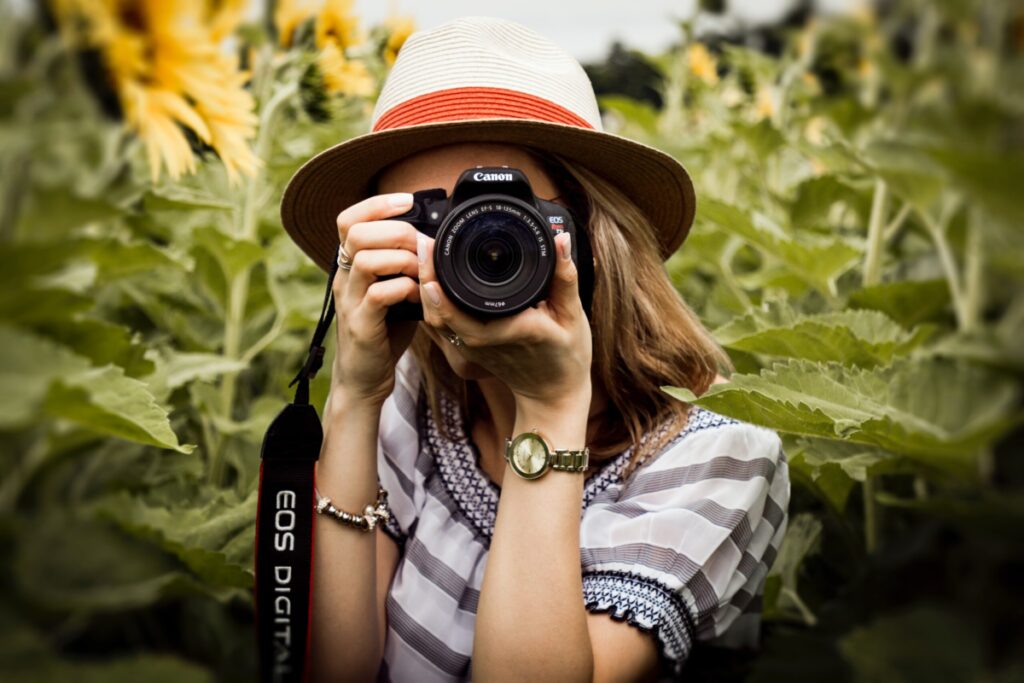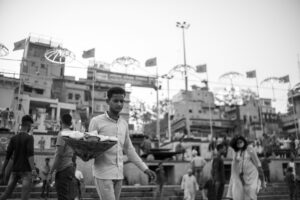

Introduction
The world of photography is a fascinating one, with its history stretching back over two centuries. Photography in India has been involved from the very beginning – from the first studio set up by Felice Beato in Calcutta in 1852 and then across India, where studios sprang up all over the country and photography became a fashionable pastime for the local aristocracy.
Earliest Photography in India
The earliest photographs in India were made by the studio of English photographer, Felice Beato, set up in 1852, which first operated from Calcutta and then from Madras. His studio was the first to take photographs in India; he made many photographs of India during the 19th century.
His work is now considered one of the most important sources for understanding British cultural history during this period.
Soon thereafter studios sprang up all over the country and photography became a fashion, especially among the local aristocracy. This was because photography was new technology and very expensive in those days. Only wealthy people could afford it so they were first to embrace this new art form.
Earliest photographic studios Vs today’s studios
The earliest photographic studios were not unlike photography studios today – they had standardized backdrops, props that could be used to create various ‘scenes’, as well as costumes that ranged from ordinary everyday clothes to fancy dresses.
The studio also required a photographer to create these scenes and then shoot the resulting images in quick succession. This was done with a camera mounted on a tripod or otherwise steady base.
 The background would be set up first with an assistant holding it while another person posed models who would stand in front of it while others took pictures around them (or even behind them). The photographer would use his/her knowledge of lighting effects and other techniques such as flash photography or long exposures (so-called “long-lens” cameras) which allowed him/her better control over what appeared in each frame: whether it was daytime vs night-time; indoors vs outdoors; indoors vs outdoors…
The background would be set up first with an assistant holding it while another person posed models who would stand in front of it while others took pictures around them (or even behind them). The photographer would use his/her knowledge of lighting effects and other techniques such as flash photography or long exposures (so-called “long-lens” cameras) which allowed him/her better control over what appeared in each frame: whether it was daytime vs night-time; indoors vs outdoors; indoors vs outdoors…
Poses of people in photography in India earliest in time.
The people who posed for these pictures included not just the local nobility – both Hindu and Muslim – but also soldiers of various ranks, tradesmen and ordinary folk. These early photography in India, Photographers also captured the everyday life of their subjects: their homes and gardens, the interiors of their shops and the streets they lived in. These photographs offer an insight into how people lived at this time, as well as a record of what has changed since then – such as the way in which modernity has transformed cityscapes.
 In addition to showing off their wealth and power, they were signalling their patriotism to a nation at war with its enemies. The combination of these factors led to the production of large numbers of photographs which were often exhibited in public places. By the end of the 19th century, Photography in India had begun exporting their pictures around the world and selling them in a variety of formats. The use of photography as a tool for mass communication was one more step towards modernity that India took at this time.
In addition to showing off their wealth and power, they were signalling their patriotism to a nation at war with its enemies. The combination of these factors led to the production of large numbers of photographs which were often exhibited in public places. By the end of the 19th century, Photography in India had begun exporting their pictures around the world and selling them in a variety of formats. The use of photography as a tool for mass communication was one more step towards modernity that India took at this time.
Many of these pictures reflect the life and aspirations of the Indian community of that time. They are a record of history, culture and tradition, as well as social structure.
Arrival of William Johnson in Photography in India
A couple of decades later, there was another major development in Indian photography with the arrival of an American, William Johnson.
William Johnson was an American photographer who came to India in 1855.He set up a studio in Ooty (Udhagamandalam) , with the help of his wife Emma and daughter Elizabeth who was studying law at Madras University, where she would later become famous as an author. After opening this studio local people are employed as photographers. These ‘native’ photographers continued to work for him long after his death in 1862. One of them was John Brown, who later became known as the first professional Indian photojournalist.
This was followed by yet another development – the amateur photographer, who was usually a European servant or a British army officer posted in India. They used small cameras that were lighter than those used by professionals and took fewer photographs as well. The pictures they produced were less detailed than those taken by professionals because their cameras were not as sophisticated or expensive.
Conclusion
The arrival of photography in India had a profound impact on society. It brought the exotic world of faraway places into the local homes, helping to create a sense of pride in their heritage and culture.